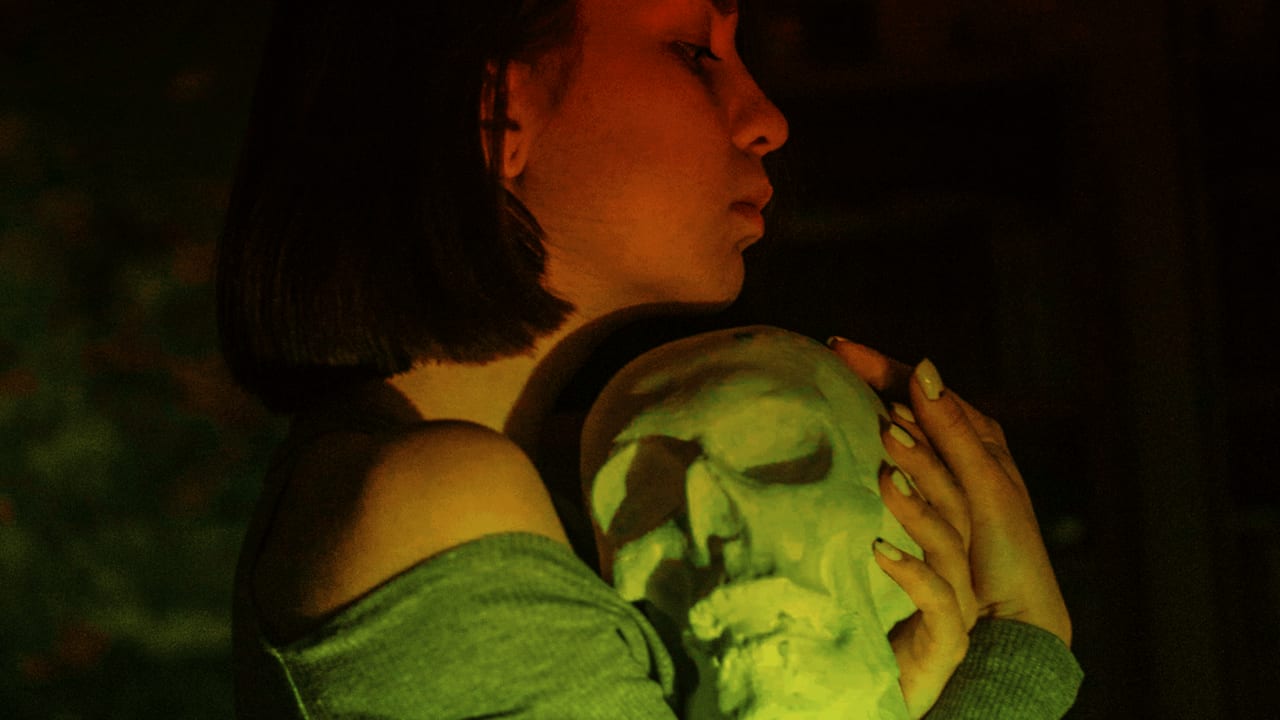[ad_1]

Casting a pall over this week’s NFT.NYC festivities is the fact that most digital assets have halved in value lately.
With the crypto industry heading into what experts predict is the next “crypto winter”—its first since the tech surged into the mainstream during the pandemic—NFTs are at an inflection point. And it seems to have drudged up an existential crisis: What happens when the froth begins to fizzle, and an asset class that has survived on its own novelty thus far isn’t so novel anymore?
You’d guess that it must innovate. And while commentators muse about the hype bubble bursting, strange things are afoot in NFT world. It’s now experimenting with performance art.
That art is decidedly pessimistic, if not painfully ironic. Over the weekend, some of the thousands who descended upon New York City for an annual NFT conference witnessed what appeared to be an anti-crypto protest outside of an NFT streetwear event in the SoHo neighborhood, a busy shopping district, where picketers twirled signs claiming “God hates NFTs” and “crypto is a sin.” It turned out, the protest was a marketing stunt staged by the streetwear brand itself, and the group is set to march again today with signs that read “Vitalik is the anti-Christ” (a reference to Vitalik Buterin, the cofounder of Ethereum).
But as Bitcoin drops below the $20,000 watermark, and Ethereum remains just over $1,000, down from a $4,000 peak last year, it’s unclear who is being trolled—and who is laughing.
The fake protest was, at least, an obvious stab at humor. But the undercurrents are murkier for the more grotesque projects that have sprung up online, from NFT creators who have taken performance art far deeper into the avant-garde.
Among them is an NFT collection called Goblintown, which consists of 10,000 hairless, drooling, disfigured creatures, and which had lukewarm success before hosting a bizarre Twitter Spaces in late May, in which the creators spent three hours growling, gruffing, and imitating other goblin noises while ridiculing anybody who dared to speak up. Eighty thousand listeners tuned in. Shortly afterward, Goblintown’s floor price shot up from less than 1 ETH to 8 ETH.
On Twitter, users praised the stunt as either a masterpiece of an artistic visionary or the world’s greatest troll, or perhaps both—it’s an NFT that knows how to laugh at itself, and is better (or at least, pricier) for it.
The worst of times
This trend of performativity in NFTs is in many ways unsurprising, especially for a community that thrives on spectacle. But what feels different, in the wake of crypto’s massive crash, is that those acts have seemed to be tinged with darkness and self-sabotage, even veering toward nihilism at the extremes.
That’s perhaps no better embodied than by WAGDIE, an NFT collective that takes crypto’s perpetually optimistic slogan, WAGMI (which stands for “we’re all gonna make it”), and twists it into the new phrase, “we’re all gonna die.”
Aesthetically, WAGDIE’s social presence is as creepy as its philosophy is bleak, with its Twitter posts scrawled in gothic font and populated with visuals of skeletons draped in chainmail. Its creators rhapsodize in medieval English of violent “sacrifices” that must be made—an abstract concept that was glaringly crystallized in early June when the collective purchased a Mutant Ape, a hundred-thousand-dollar NFT from the creators of the blue-chip Bored Ape Yacht Club, simply to burn it away into oblivion by sending the asset to a “dead” wallet that nobody will ever be able to access, orchestrated in concert with a 30-minute Twitter Spaces of crackling fire sounds. In response, the value of WAGDIE’s own NFTs rose.
The goals of the collective are occult to the observer. Does it subsist on shock? Is it trying to prop up the value of NFTs by increasing their scarcity? Or is it really trying to burn them all to the ground?
While WAGDIE’s business model is probably unsustainable—and many of its followers probably hope we’re not all gonna die—its sentiment seems to have struck a nerve with the NFT community all the same, at a time when nihilism feels like the zeitgeist. In 2021, the market’s ebullience encouraged the development of NFTs with increasingly outlandish applications, from a membership card to a luxury supper club, to digital racehorses you can breed for sport, to the right to decide what gets tattooed on a Russian tennis player’s bicep. But now, much of the community is ready for the inevitable culling—when the bloat will be cut away, and worthwhile projects are the only ones left.
We’re not all gonna die, but perhaps the moment we’re faced with here is a rebirth—a new idea of what NFTs are and what place they will hold in our lives in the future, as more projects seek to push the boundaries of our existing beliefs. As for what comes next? We’re still in the dark.
[ad_2]
Source link

